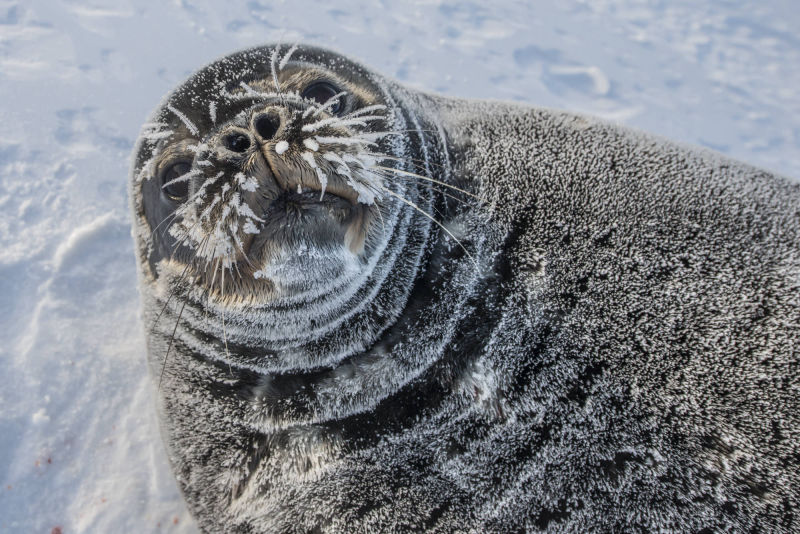
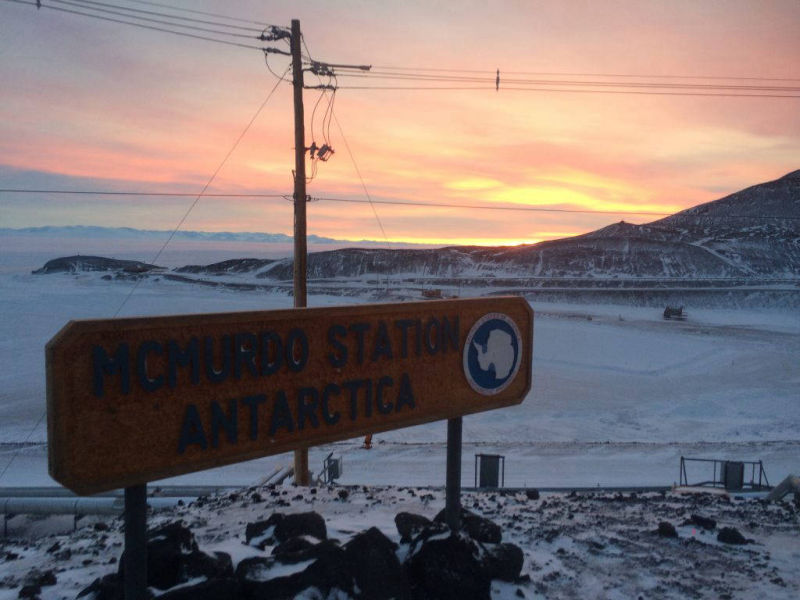


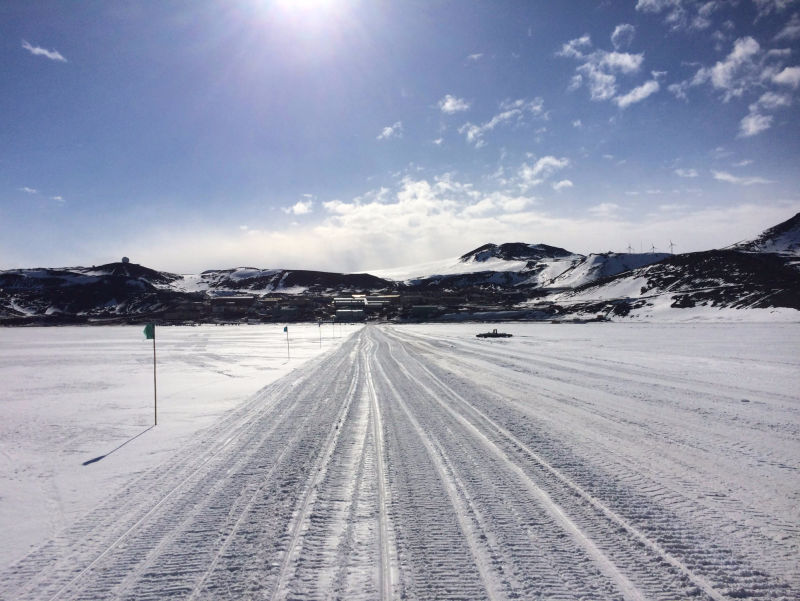
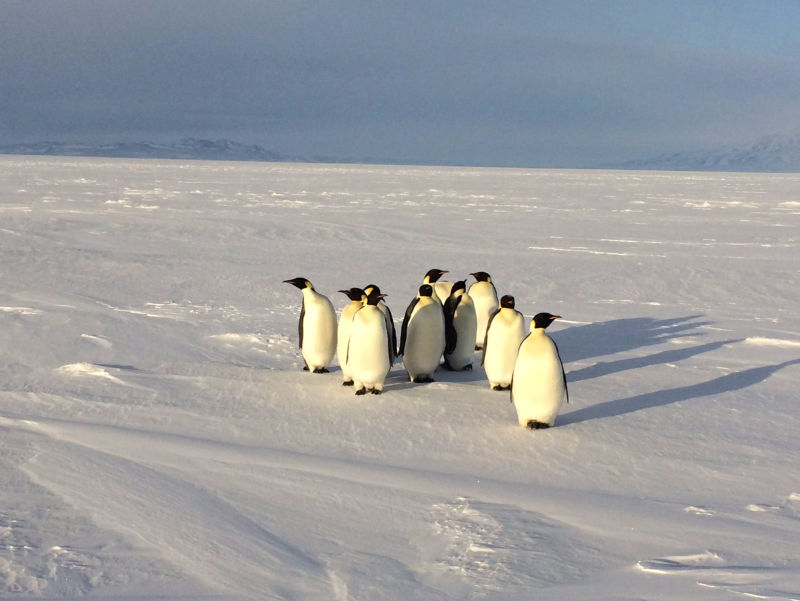

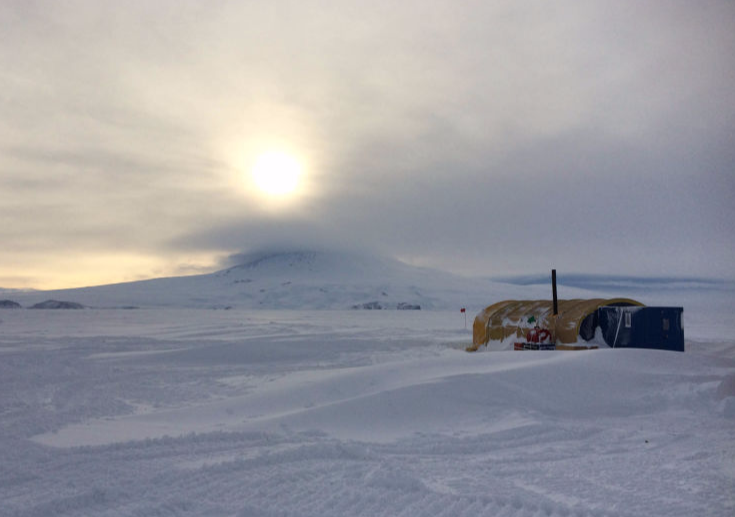
Studying the adaptations enabling survival in one of the harshest places on Earth
It's one of the coldest and driest places on our planet, and yet Antarctica is teeming with life. The waters surrounding the continent are filled with single cell organisms, invertebrates, and fish, but possibly more surprising are the marine mammals and birds that call Antarctica home. Krogh's principle states that among the diversity of animal species there will be one ideally suited as an experimental model for any biological problem. The ability to survive in such a hostile environment make the seals and penguins that live there amazing examples of physiological adaptation that can help us better understand species throughout the world.
My first trip to Antarctica was spent studying Weddell seals in an effort to better understand how they can navigate under the ice in near complete darkness as well as the cost of diving for such extended periods to find fish and new breathing holes. Last fall I had the opportunity to return to Antarctica with a team from Scripps Oceanographic Institute to examine the movement of gas between the air sacs in diving emperor penguins. Check back for updates as we continue to analyze the data and learn more about these incredible animals!